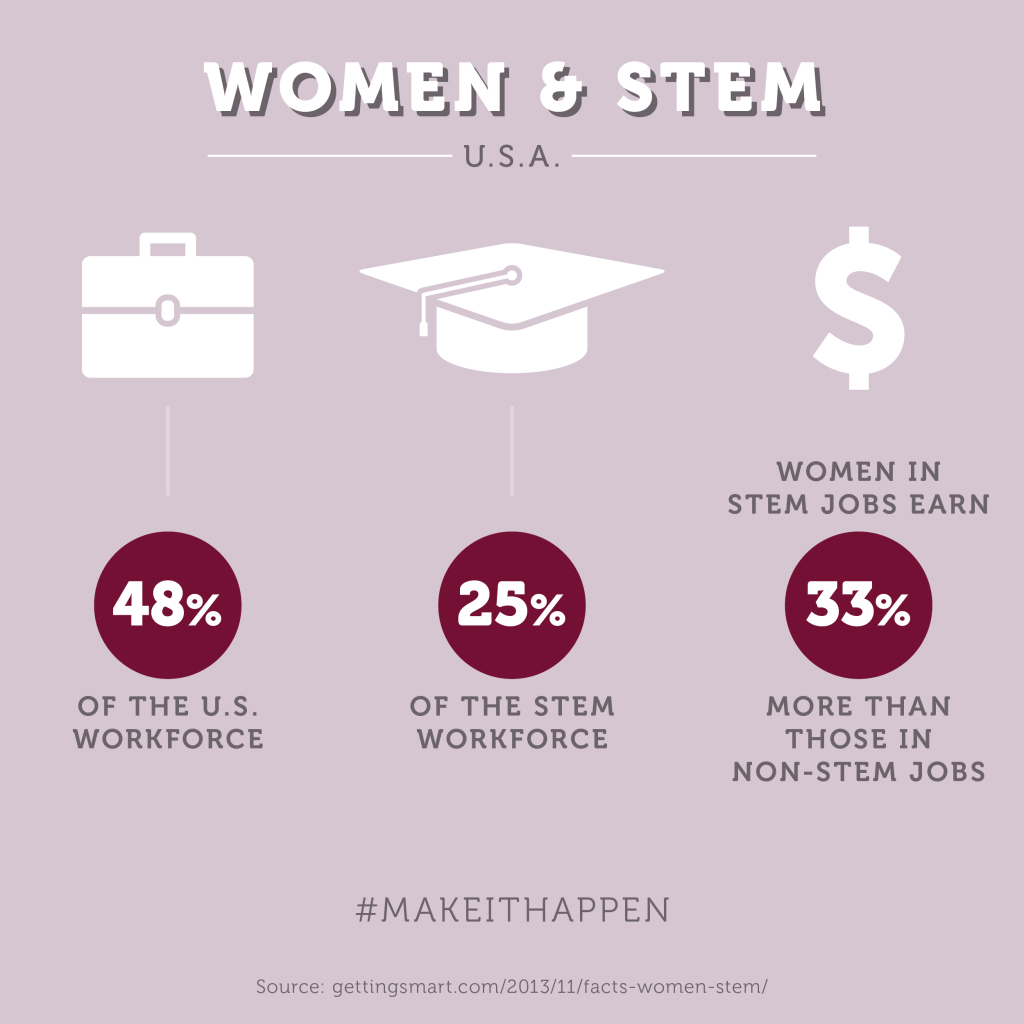Stories | April 5, 2017 | Read Time: 3 minutes
We Need Women in STEM Careers
Many people have helped me on the path to my career as a scientist. As a young girl, I loved playing with my first chemistry set and microscope, which my mother bought me. I had wonderful teachers in middle and high school who gave me hands-on experience in the classroom and encouraged me to pursue a career where I knew I could make a difference. When I was in college, I had the opportunity to conduct research that convinced me I chose the right career.
At that time, I didn’t see many women in STEM-Science, Technology, Engineering and Mathematics-careers. And, I also wondered if this career field offered the best opportunity for work-life balance. When I began working at Monsanto, I knew I’d be able to grow my career while providing for my family and finding quality time to spend with them. It’s important for young women interested in science to realize they don’t need to sacrifice any life goals. They really can have it all with STEM careers!
Yet, while women make up about half of the workforce in the United States, they only fill 25 percent of the jobs in STEM fields. It’s such a shocking statistic, because diversity in the workplace is a key element to success. Diversity means great ideas and backgrounds coming together to create new innovations and discoveries, and in agriculture, continuous innovation is vitally important for continued progress toward meeting global challenges. STEM careers are important to women, offering exciting and challenging opportunities that provide fulfillment and economic success. In fact, women in STEM jobs earn 33 percent more than those in non-STEM occupations and have a smaller wage gap relative to men.


As a former Girl Scout leader and as a current advocate for science in the community, I’ve always encouraged youth, and particularly girls, to pursue STEM careers. In my current role as Vice President of Science Strategy at Monsanto, I have the privilege of working with many organizations that value the importance of STEM education and diversity in the industry. Recently, I joined members of the STEM Food & Ag Council, which consists of members from various companies and committed leaders, to continue our conversations about diversity in STEM careers, the need for innovation and technology in the food and agriculture industry and the enormous need to engage young people to pursue the many exciting careers in food and agriculture.
Agriculture offers a wide range of opportunities for young people to make a mark – from helping farmers utilize data better to traditional breeding to learning how agriculture can conserve water efficiently. And the opportunities are plentiful. In fact, according to Agcareers.com, in 2013, there were 56,000 agricultural career opportunities but only 29,000 graduates from U.S. universities with agriculture-related degrees to fill those jobs.









